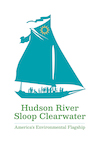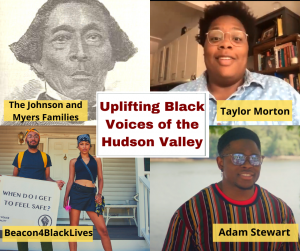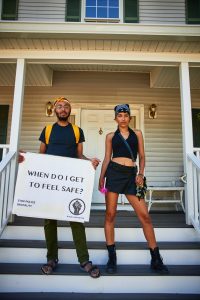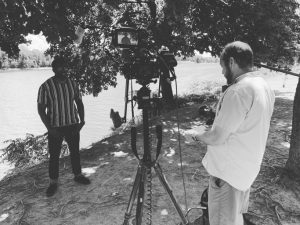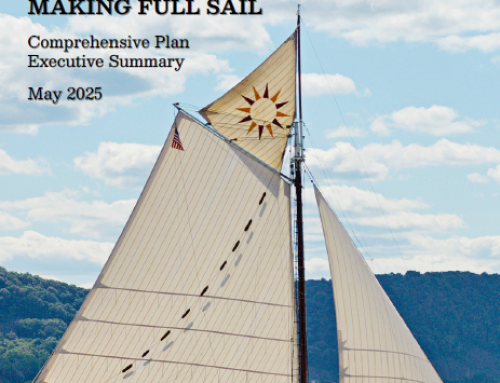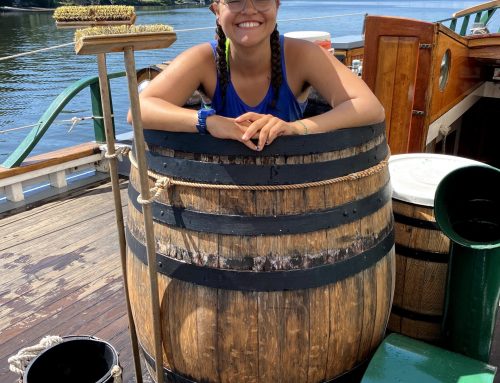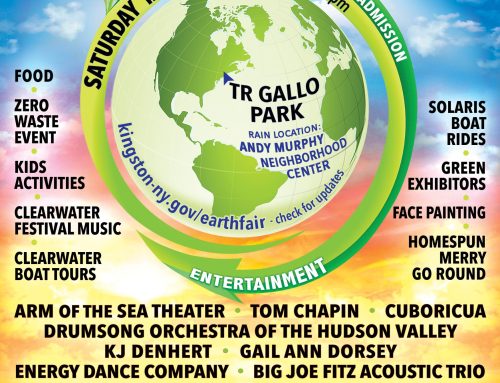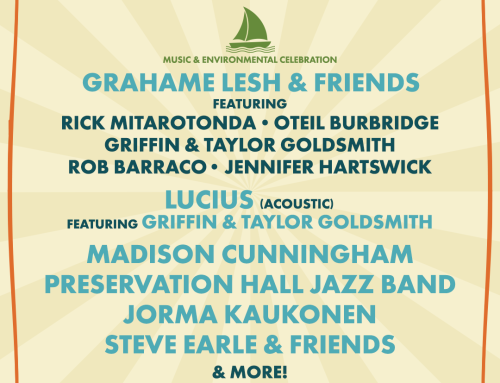Black Voices of the Hudson Valley: Past and Present
Clearwater stands firm in the continued fight for Black lives, knowing that there cannot be climate justice without social justice. As we celebrate Black History Month, we are reminded that each one of our roles in this fight is needed now more than ever. Our founder, folk musician Pete Seeger, learned this song and the words often, and we steadfastly believe, “We Shall Overcome.” We’re encouraged by the progress we’re making. Following the Our River Connects Us campaign to unite the valley and lift up voices unheard, we aim to continue to be dedicated to highlighting some of those voices you might not have heard, past, present, or future.
United We Sail – Black History Month Special Edition
Clearwater is excited to launch this special fundraiser during Black History Month! It is important for Clearwater to use our platform to amplify organizations led by and for people of color. A portion of the proceeds from each item will go to education programs at our respective organizations for students in Harlem and the Hudson Valley. We greatly admire WE ACT‘s work and look forward to collaborating on programs centered around social justice and climate change, while honoring Clearwater’s mission to raise environmental awareness by bringing students sailing on the river.
Historical Black Mariners of the Hudson Valley
Captain Abraham Johnson was a freed African American who, along with his wife and their five children, owned and operated sloops on the Hudson River dubbed, The Miriam and The Jane of Albany. Abraham appointed his son, John Johnson, as captain of the sloop Miriam, which traveled between Albany and New York City for trade.
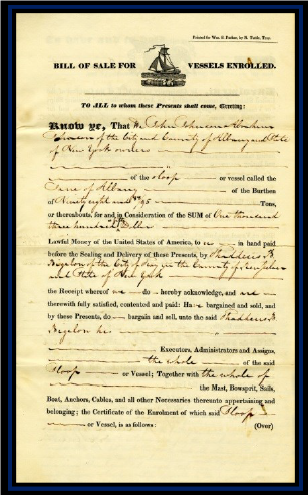
A Chattel Mortgage in connection with the Johnson’s shipping business, found in the Albany County Hall of Records holdings. Two sloops/vessels are mentioned; the sloop Jane of Albany and the sloop or vessel the Martling.
Captain John Johnson built a house that would come to be known as the Stephen and Harriet Myers Residence in Albany where his sister Harriet Myers née Johnson and his brother-in-law Stephen A. Myers lived. Myers was a former slave and an active abolitionist. The house that Johnson built became the headquarters for the abolitionist Vigilance Committee, an anti-slavery newspaper, and a stop on the Underground Railroad.
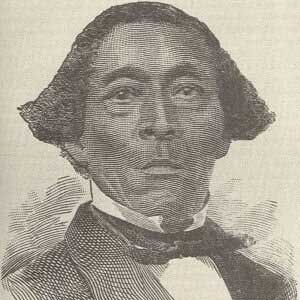
Stephen A. Meyers, local abolitionist, and
key organizer of The Hudson Valley Underground Railroad. (Photo credit: The Afro-American Press and Its Editors by Garland Penn.)
